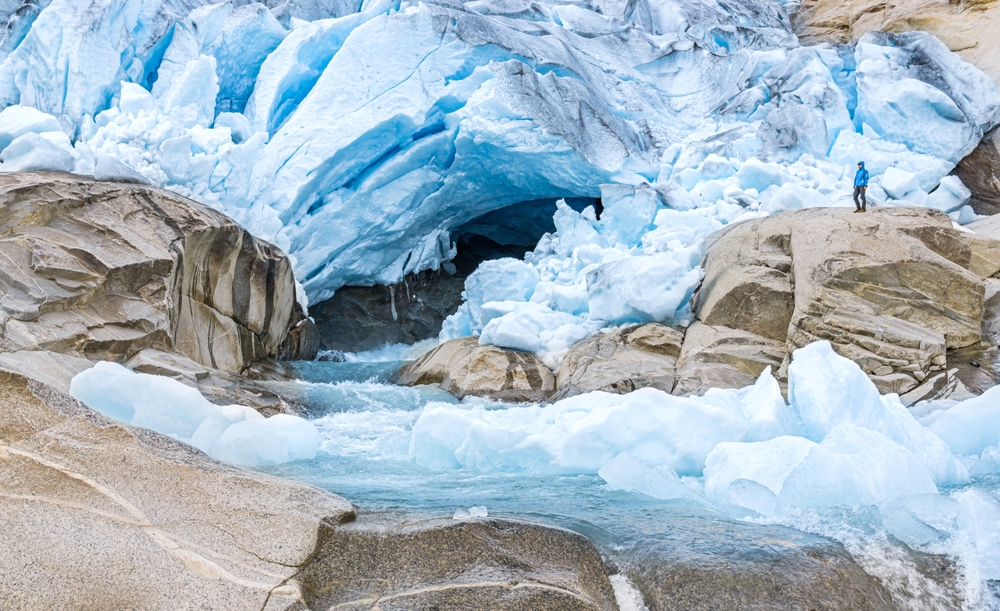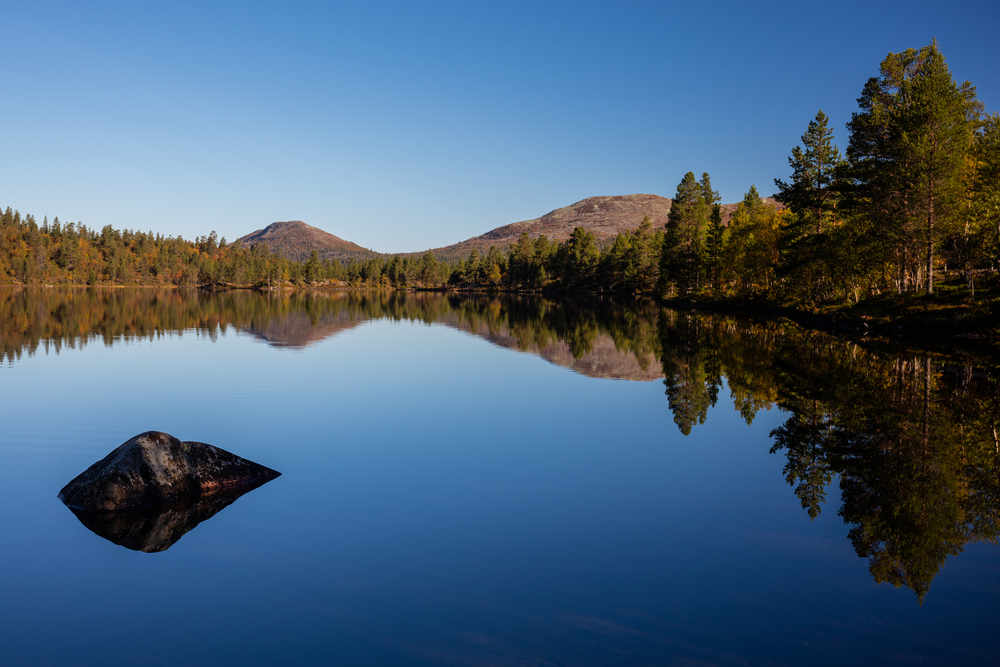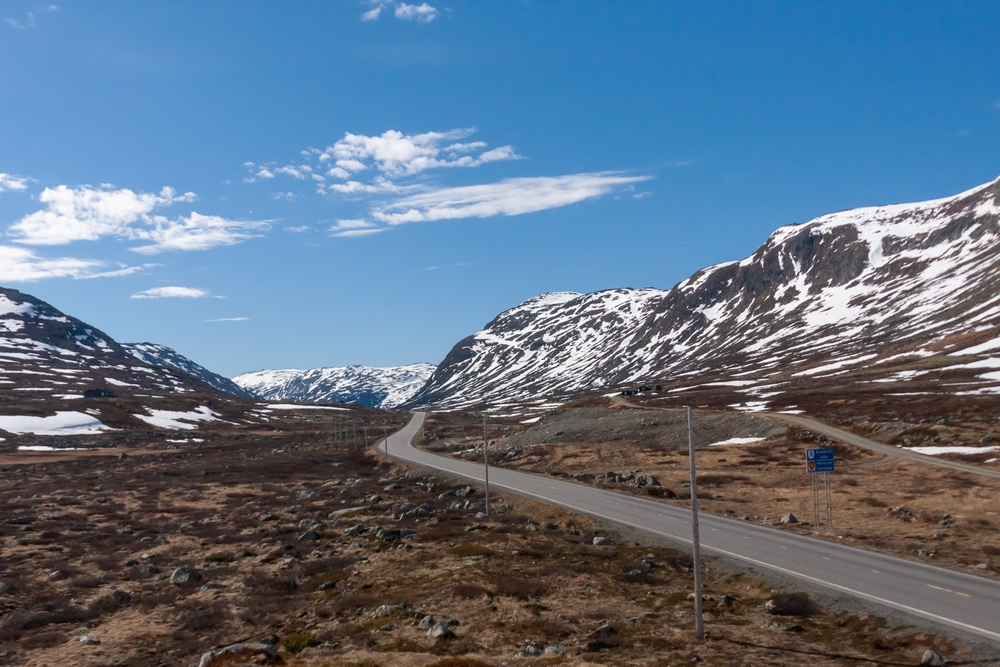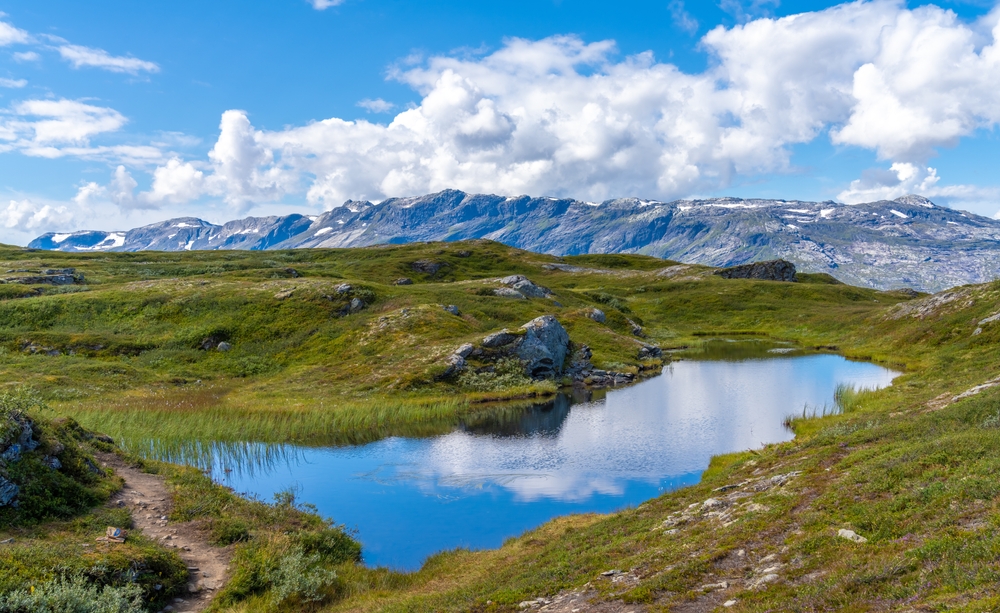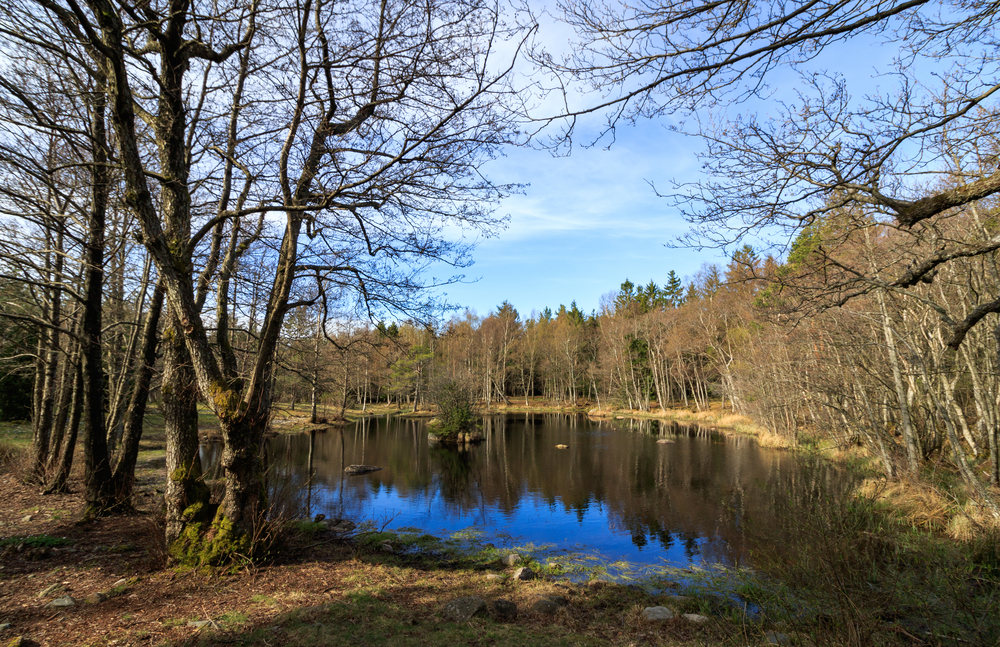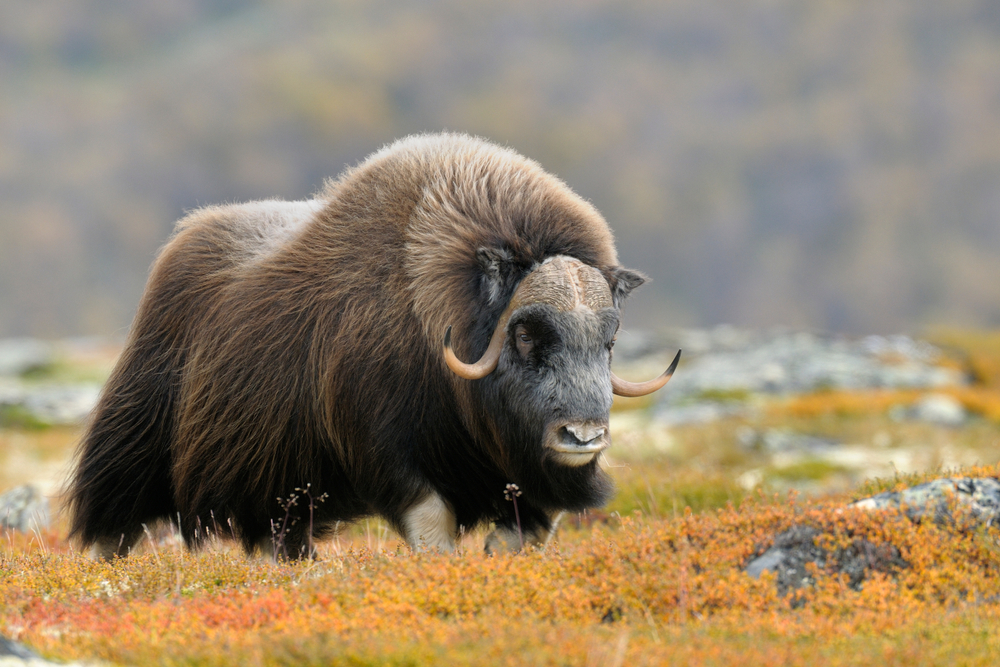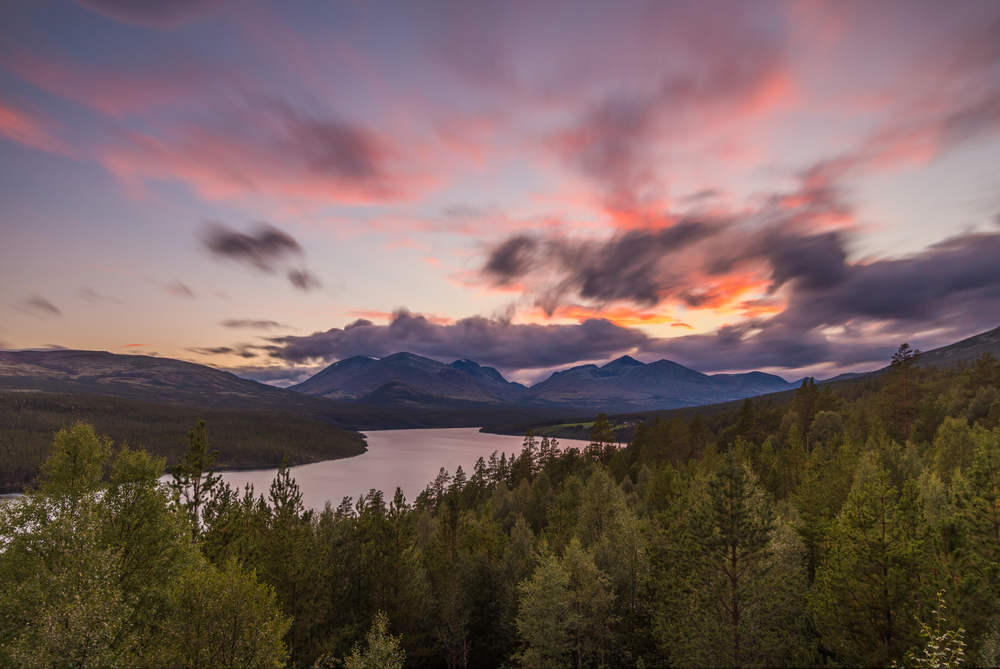Jostedalsbreen Overview
Jostedalsbreen National Park, known as Jostedalsbreen nasjonalpark in Norwegian, is a stunning protected area in western Norway that spans approximately 508 square miles (1,315 square kilometers).
The park is located in Vestland County and is home to the largest glacier on the European mainland, Jostedalsbreen, from which it takes its name. Established in 1991, the park is characterized by a dramatic landscape sculpted by glacial activity over thousands of years, creating a breathtaking combination of ice fields, deep valleys, rugged peaks, and lush green meadows.
It is bordered by several fjords, including the Sognefjord to the south and the Nordfjord to the north, both of which contribute to the park’s diverse and striking scenery.
The terrain within Jostedalsbreen National Park is defined by its massive glacier, which covers approximately 188 square miles (487 square kilometers) and extends in various arms into the surrounding valleys. Some of the most notable glacier tongues include Briksdalsbreen, Nigardsbreen, and Bøyabreen, each offering unique perspectives on the park’s ice formations.
The landscape is a striking mix of snow-covered peaks, glacial rivers, and lush valleys, creating a dynamic ecosystem that supports a variety of plant life. While the higher elevations are dominated by ice and rock, the lower valleys and fjord edges feature birch forests, alpine meadows, and an array of wildflowers in the summer months.
The presence of glacial meltwater has also shaped numerous waterfalls and fast-flowing rivers, including the spectacular Kjenndalsbreen waterfall, which cascades from the edge of the ice.
Jostedalsbreen National Park is home to a diverse range of wildlife, despite its challenging environment. Large mammals such as reindeer, red deer, and moose can be found in the park, particularly in the lower valleys where vegetation is more abundant. Smaller mammals such as the arctic fox, wolverine, and mountain hare also inhabit the region, taking advantage of the rocky outcrops and forested areas for shelter.
The birdlife in the park is equally impressive, with golden eagles, white-tailed eagles, and gyrfalcons patrolling the skies, while ptarmigans and snow buntings are commonly seen in the higher altitudes. Near the fjords and rivers, visitors might spot oystercatchers, common sandpipers, and other waterfowl, adding to the rich biodiversity of the area.
Among the park’s most popular features are its easily accessible glacier arms, particularly Briksdalsbreen and Nigardsbreen, which attract visitors seeking breathtaking views and up-close encounters with glacial formations. The visitor centers, such as the Breheimsenteret near Nigardsbreen, provide interactive exhibits on glaciology and climate change, offering valuable insights into the region’s environmental significance.
The park is also renowned for its stunning hiking opportunities, with trails ranging from easy valley walks to more demanding ascents through rugged terrain. The Jostedalsbreen traverse, a challenging multi-day hike across the glacier, is a highlight for experienced mountaineers. Kayaking on glacier-fed lakes and guided ice-climbing excursions provide additional ways to experience the park’s unique landscape.
Conservation efforts in Jostedalsbreen National Park focus on balancing tourism with the need to protect its fragile ecosystems. Climate change poses a significant challenge, as the glacier has been steadily retreating in recent decades.
Researchers monitor the ice loss closely, and educational initiatives aim to raise awareness about the impact of global warming. However, successful conservation strategies, such as regulated tourism and habitat protection, have helped maintain the park’s ecological integrity, ensuring that future generations can continue to experience its dramatic beauty.








































































